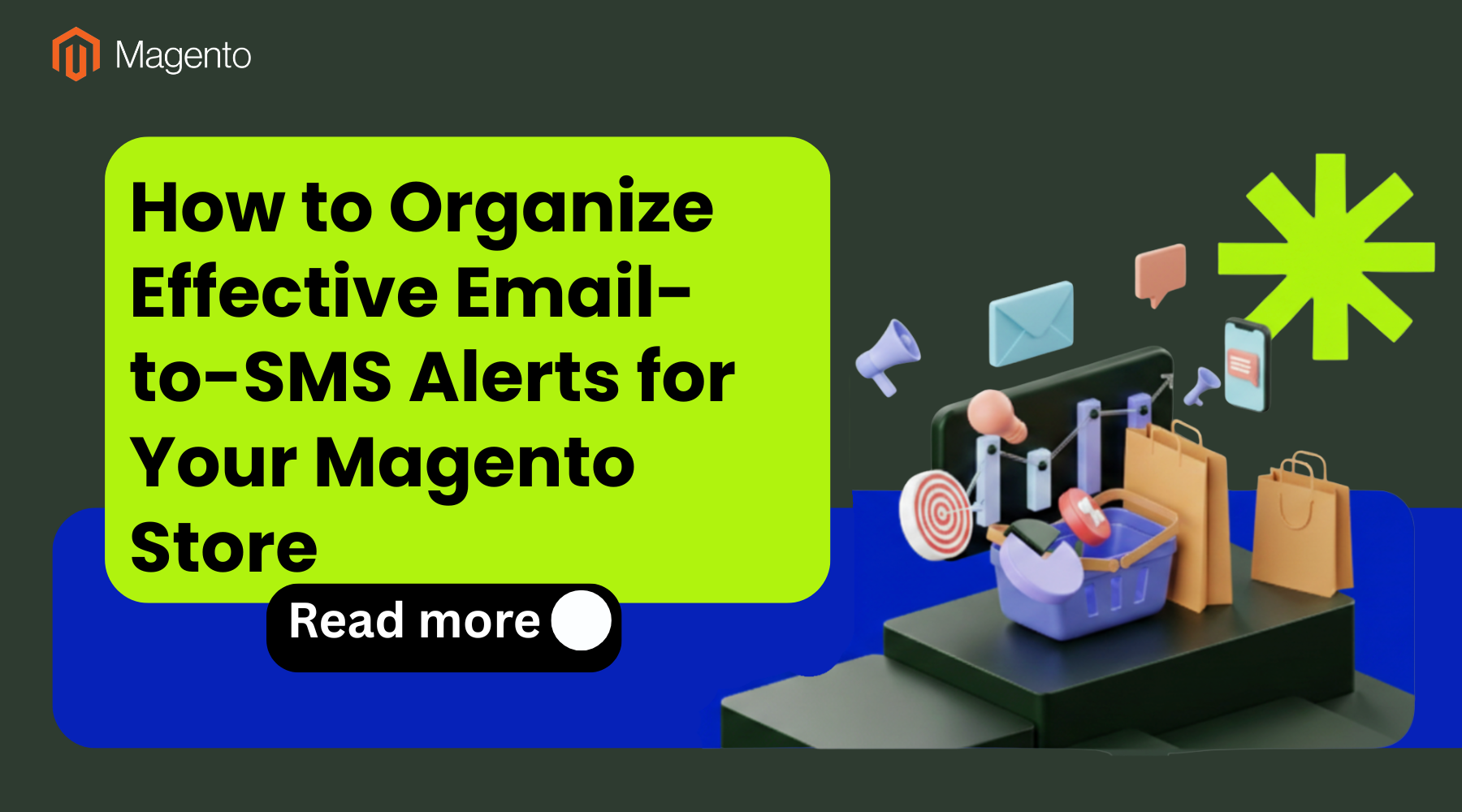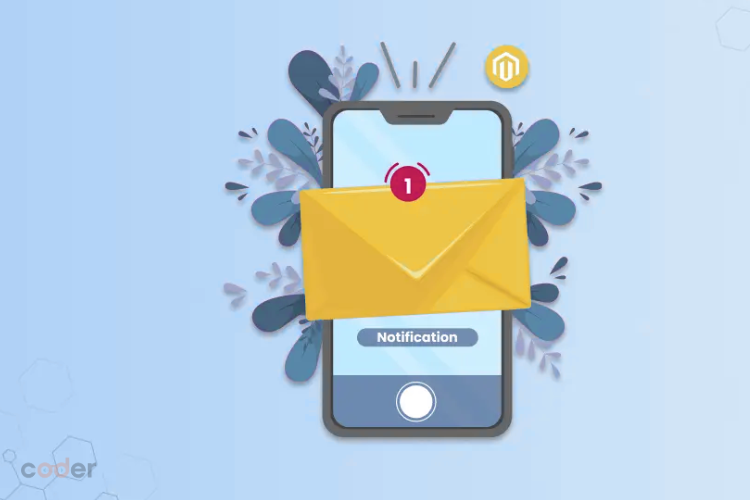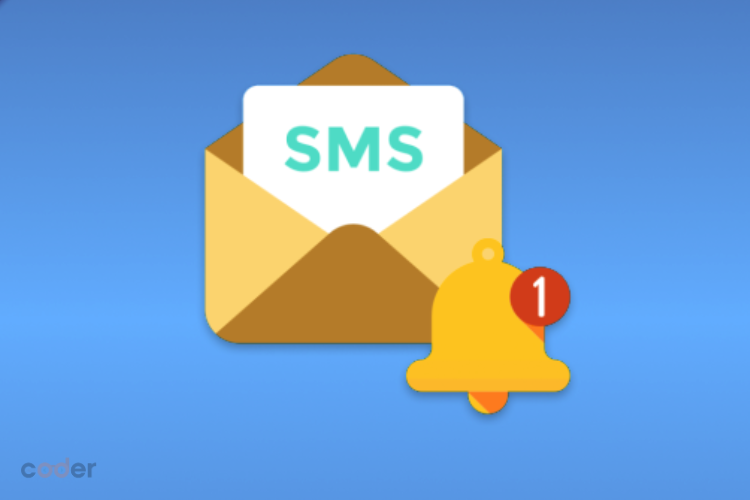
The modern consumer is anything but patient. Today, timely communication with customers is not an extra; it’s a requirement. Not only that, it has to be on the customer’s terms, not yours. If you don’t communicate effectively, your loss will be a competitor’s gain.
Email alerts are a good start, but you want that next step(s). With Magento 2, it’s possible to extend functionality by not only adding SMS, but also employing the email-to-SMS Magento alerts option. We’re going to give you the step-by-step on both, but bear in mind it’s not quite a plug-and-play system.
Table of Contents
I. Why Communication Matters in an Email-to-SMS Magento Strategy
Good communication is the backbone of customer satisfaction. It’s important you keep your customers informed, whether it’s about an order update, a delay in shipment, or a new product.
Magento comes with email notifications out of the box, and it’s easy to set up with third-party providers. The system makes it pretty simple to organize order confirmations and shipping updates, for example.

It all works just fine, technically speaking. But emails can be limited, with an increasing number of customers developing a bit of a blind spot for what arrives in their inboxes. Some often end up in spam or even get lost amongst hundreds of other emails.
This is why we’re going to push you to level up and go for SMS notifications, too. Not as a replacement, but a companion. They deliver faster, have far higher open rates, lower cart abandonment, help maximize your conversion rates, and it’s more personal than an email.
Combining both ensures your customers never miss a thing. SMS enhances the customer journey and improves overall service. Here are just a few use cases:
- Order confirmation. The minute the order is placed successfully, customers get an SMS with a link to their order (with all relevant information included).
- Shipping updates. Customers are impatient, remember? Even Amazon Prime is often not fast enough. You may not be able to compete with Bezos on the shipping front, but SMS updates will keep your customers satisfied.
- Delivery confirmation. We all love getting that delivery confirmation; it’s a little bit like Christmas time.
- Returns and refunds. Your customers will buy from you again if they have a smooth and easy returns process. Keeping them updated with SMS is a huge advantage for your business.
- Promotional messages. For personalized marketing offers, nothing beats an SMS. Email will often get ignored, while a text tends to do far better.
II. Adding SMS Notifications with Extensions
Because Magento doesn’t come with SMS notifications as standard, you’re going to have to do a little bit more than just point and click. It’s not as simple as doing it with one click, but it’s not that complicated, either.
It’s become even easier since our Magento 2 SMS Notification Extension is now free for users. Once you have installed the extension of your choice, you will need to connect with a third-party provider to send and receive SMS. Providers like ClickSend integrate well with Magento and allow you to personalize and automate your campaigns.
Note: this will require payment. Our extension is free, but each individual SMS that is sent will incur a cost from your chosen provider. Just like MailChimp charges for emails, so do SMS providers. Choose carefully based on expected initial SMS frequency, but allow room to expand your operations.
III. Graduate to Email-to-SMS
Now, to avoid confusion, the basics: email-to-SMS isn’t quite the same thing as integrating SMS into your Magento workflow. Email to SMS is effectively a piece of SaaS that gives you the option of turning emails into text messages, without a hitch or additional steps.
You effectively have your customer service agents or equivalent staying within the same ecosystem, sending out a standard email, as normal, but with your third-party provider ‘magically’ converting and sending these as SMS.

This is basically how it (generally) works: you compose an email with the recipient’s phone number in the To: field, followed by your provider’s details. Here’s an example setup: [email protected] (for example, [email protected]).
The company will receive the email and will send it out as a text message on your behalf. Your customer will receive it on their smartphone, none the wiser. For the most part, you’ll be able to use an email client of your choosing, whether that’s Gmail, Outlook, or anything else.
Some standard email-to-SMS providers just give you one-way functionality, but companies like ClickSend let customers reply to your SMS, with it arriving at the same email inbox the original message was sent from. This sets up a natural email (or SMS) thread, making it super easy for issues to be resolved quickly.
Not only that, but ClickSend also has some excellent monitoring tools, like delivery status and reports on how your campaigns are doing. This makes it a far more effective solution than simply sending out an SMS with no further intel.
IV. Combining Email and SMS for Optimal Effect
There’s no SMS vs. email battle, at least not here. The best customer service experience comes from combining the two channels (plus more, like social media).
For detailed receipts or boring policy updates, emails are still your go-to bet. For urgent and time-sensitive alerts, however, the data show that SMS works well.
The key is not repeating information and making a nuisance of your communication. Go for channel complementation, not a doubling up of messaging.
V. Simple Steps to Smarter Messaging
With email-to-SMS, you can expand Magento’s included functionality to deliver even more powerful communication to your customers. It’ll make you faster, leaner, and more engaging.
But don’t spend too much time trying to code your own extensions, or hiring a cheap (and probably terrible) developer to do it. Instead, rely on extensions that are tried and tested, plus third-party services like ClickSend or Twilio, which are trusted providers in the e-commerce industry.
The results will be clear: smoother communication, increased customer satisfaction, and your team will be happy, too. Instead of grappling with multiple accounts and channels, they can do it all from a central hub.











![[SALE OFF] Discount 30% All Premium Extensions On Christmas And New Year 2025 christmas-and-new-year-2025](https://landofcoder.b-cdn.net/wp-content/uploads/2024/12/christmas-and-new-year-2025-1-218x150.png)






